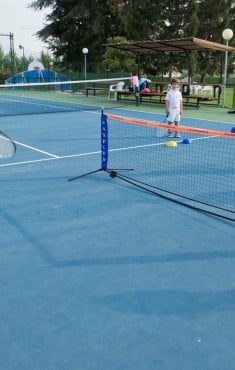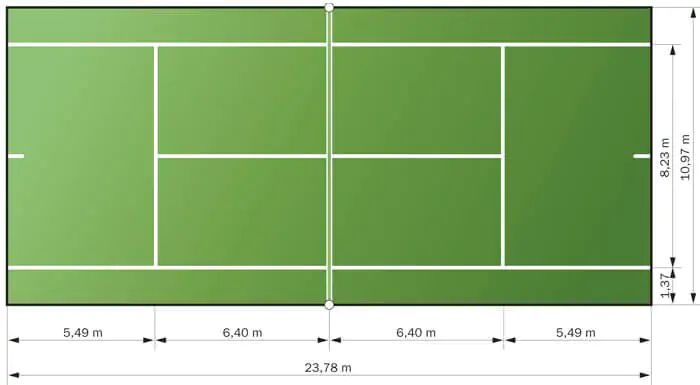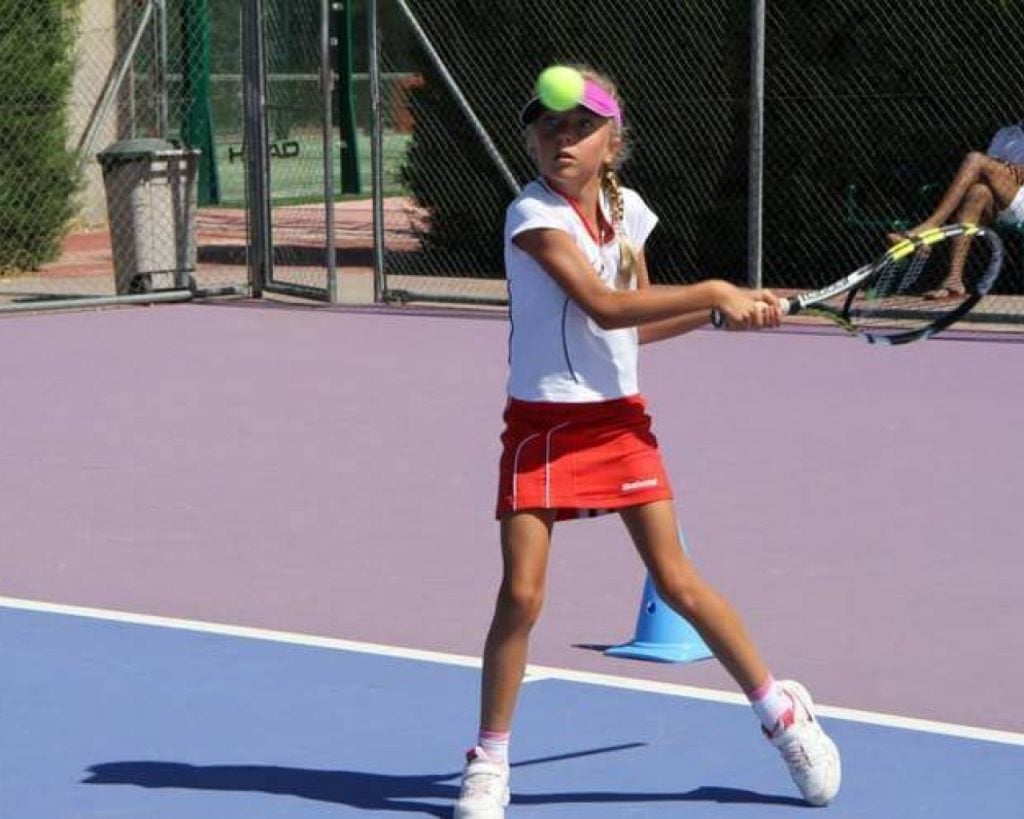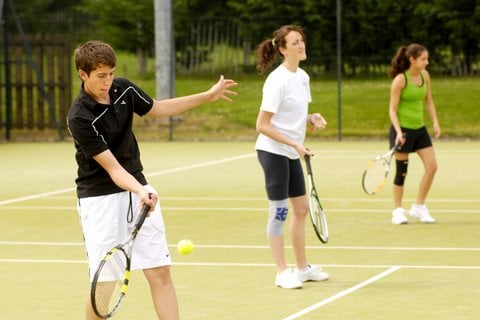IF YOU LOVE TENNIS AND ARE SERIOUS ABOUT IMPROVING YOUR GAME, YOU NEED TO MAKE SURE THAT YOU HAVE THE RIGHT EQUIPMENT!
Our ultimate tennis equipment list will help you to assess whether your current gear is suitable and what essential items you need to add to your kit bag.
You can also use this list to give you an idea what you should pack if you are attending a tennis academy or summer tennis camp this year.
Having the right equipment will make it easier to achieve a higher performance level but you still need to put in the hard work on the practice courts. So let’s take a look at our ultimate tennis equipment list.
Tennis Racquet
First and foremost, you need a racquet and not just any racquet. You need to get a racquet that suits you and your game.
For those who are looking for more power, a larger head size should be considered. As a rule, the larger the head of the racquet, the more power you can generate. Bigger head sizes can also be useful for beginners as they offer a larger hitting area and more of a sweet spot.
As a player improves and starts looking for more control, a smaller head size may be adopted. The head size, length and weight of the racquet will also be determined by your physical size. You do not want a racquet that is too large or too heavy for your body.
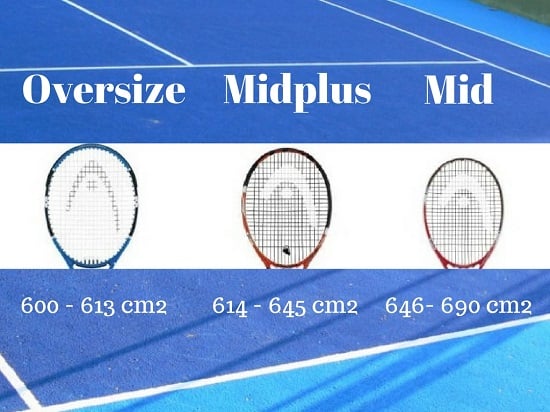
Along with the weight of the racquet, you should also consider the balance. Racquets that are described as head-light are good for professional players who already have great control and power. If you play to an advanced level, you might want to switch to a head-light racquet.
If you want a racquet that helps to boost your power, a head-heavy racquet might be the best option. These racquets sacrifice weight in the handle to maintain weight in the head. If possible you should handle and hit a few shots with each racquet type to see what feels best for you.
As your game improves, you may need to upgrade your racquet again, at which point factors such as string density and grip types may also come into the equation.
Any good tennis racquet store should be able to guide you in choosing a racquet by asking questions about your level, your requirements and of course, your budget.
Grips
Even if you find a racquet that is perfectly weighted for your game, you may still want to choose a different grip or purchase some overgrips.
When you play on a regular basis, your handle can get worn and may absorb a lot of sweat. Overgrips allow you choose a grips that is more comfortable and also to change the grip whenever is starts to feel uncomfortable.
Softer, more cushioned grips can be used in conjunction the correct strings to help players who suffer from elbow discomfort.
Tennis shoes
There are a few factors that might dictate your choice of tennis shoes. You will need to take into account your level of ability, your style of play, the surface that you play on and your own personal comfort before making your final decision.
When you take to the courts, you will make frequent stop and start movements involving short sprints at sudden stops in many different directions. Tennis shoes are designed to withstand this type of wear during a game.
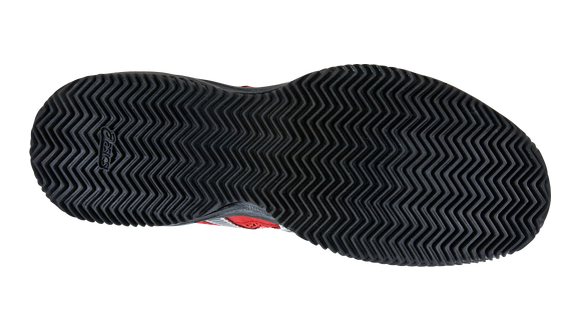
If you play on hard courts, you might want to look at pairs with more cushioning in the heel area, while soft court players often choose shoes that are flatter. All tennis shoes have patterned grips on the soles to prevent slipping without restricting movement across the court.
If you are a baseline champ, you might want to choose a shoe with better lateral support, while net players who move forward from the serve more often choose shoes with stronger toecaps.
Tennis clothes
When choosing tennis clothing, you will need to balance your practical needs with your fashion sensibilities. Of course, you want to look good on the court but not at the expense of performance. As a result, you need to choose clothes that keep your body comfortable and dry in whatever conditions you play.
Once again, the playing environment will affect your choice of shirt, shorts or skirt. Players in warm climates will need different gear than players from colder countries.
You want a shirt that allows you to move freely without being too loose and you want to ensure that the material keep you fresh and as dry as possible.
Light cotton blended with other breathable material is commonly used by modern kit manufacturers.
Female players, will often wear a one piece dress or combine a shirt with a skirt or shorts. Some tennis skirts have built-in shorts and are now a popular choice.
If you are playing in a cold environment, you should wear another layer during your warm-up period; however, you will have to remove them once a match begins if you are competing in a competition.
If you are playing tournaments, it is always a good idea to check if there is any dress restrictions before arrive at the event.
Tennis Ball
If you are new to tennis, you could be forgiven for thinking that all tennis balls are the same. But in reality, that could not be further from the truth. In much the same way that choosing the right racquet or shoes can affect your game, selecting a tennis ball that suits your game is also essential if you are going to get the best out of your practice sessions.
There are many different types of tennis balls and well in excess of a 100 brands competing in the market place, so choosing a ball is not always straightforward. Some balls are faster than others, some spin better and some are designed especially for players with elbow issues. There are practice balls, balls for kids and balls designed for elite tournaments. Then of course, there are different coloured balls and balls from many different manufacturers.
To make things easy, tennis balls are usually sold in three basic categories: standard (or recreational), championship or professional. When you are practicing, a good quality recreational ball can be used, especially if you need a large number of balls for a tennis machine.
If you are practicing with an opponent or tennis coach or are preparing for a league match, you might want to switch to a championship ball, as these will generally be used at non-professional competition level.
Professional balls are the most expensive and, as the name suggests, are aimed at players who compete on the professional tennis circuits.
Tennis balls may be pressurized or non-pressurized. Pressurized balls are the most common type and are used at all competition levels. They are full of air and produce more speed, bounce and spin. However, their performance fades fairly quickly, with most lasting little more than a week or two is used on a daily basis.
Non-pressurized have no air inside and rely on their rubber construction to produce bounce. As a result, they last much longer and are more suitable for practice or recreational play. In fact, some of these balls actually improve their bounce over time as their outer material coating begin to wear. The main drawback with this type of ball, is that they are slightly heavier and offer slightly less control than a pressurized ball.
Tennis headgear
If you play tennis outside, you should consider packing some headgear into your bag. Serving into direct sunlight is not much fun but caps or visors can be worn to make your life easier. Headgear can also protect your face from sunburn and prevent sweat from running into your eyes. If a cap or visor is not needed a headband can be worn to keep sweat from affecting your game.
Water bottles
Staying hydrated is a vital part of any exercise regime and you should always make sure that you have plenty of water bottles in your kit bag.
Energy drink and energy bars
As well as water, energy drinks can help you to stay hydrated while also giving you a vital energy boost. If you are playing for more than half an hour, it makes sense to keep some energy drink handy.
If you need an energy boost but don’t feel the need to take any more liquid on board, energy bars or energy gel packscan provide a handy solution. They can also help to keep any hunger pangs at bay during your sessions.
Towels
You should always pack a couple of towels in your tennis bag. These can be used to remove any uncomfortable sweat from your face, neck or hands and to keep the grip of your racket dry. Keeping as dry as possible will enable you to perform better for longer.
You can also put a towel over your head between games to protect yourself from the sun or to hide the shame you are feeling from a particularly poor performance!
Most tennis equipment manufacturers now make towels especially designed for court use. These towels are lightweight and highly absorbent and relatively cheap to buy. Having a few dedicated tennis towels makes much more sense than taking your standard bathroom towels to the courts.
Sun cream
The importance of sun cream or sunscreen cannot be overstated. Even on cooler days the effects of direct sunlight can be damaging to your skin and players should remember to keep a suitable sun protection product in their bag.
As well as damaging your skin, sunburn can impair your performance and leave you dehydrated. There is also a danger that you could suffer from sunstroke and end up in hospital.
As well as wearing sun protection cream, players should take regulars breaks and sit in the shade as often as possible. No matter how much you love tennis, you should not put yourself at unnecessary risk.
Sunglasses
Sometimes, wearing a cap or visor to shield yourself from sunlight is not enough and you may find yourself reaching for your sunglasses. If you are going to wear sunglasses, you should make sure that you choose a pair that remainsfirmly in place during hard exercise. Your regular street shades just won’t cut it!
Once again, it is important that any accessories that you wear do not hinder your performance. So choose a pair that from a reputable sports manufacturer that are especially-designed for court use.
You tennis sunglasses should provide sufficient UV protection, and should also be scratch resistant and shatter proof. Silicone nose grips are much more comfortable and will prevent the glasses from slipping during play. There are even lenses designed to obscure all colors with the exception of the bright yellow used on tennis balls.
Wrist bands
Wrist bands provide another useful way of keeping sweat away from your eyes while playing. Some players always wear wrist bands regardless of whether they are also wearing a cap or headband. But of course, every player should do what is most comfortable for them.
As well as being useful for mopping your brow, tennis wristbands can also prevent sweat from your arms reaching your palms.
First aid kit
Another vital item on your tennis equipment list should be a first aid kit. No one wants to get injured while having fun playing sports but it can happen and you should always be prepared. Whether you need to treat a few blisters or strap up a sprained ankle, your first aid kit will enable you to deal with issues on the spot, boosting your recovery time in the process.
Tennis ball machine
This is one item on your tennis equipment list that will not fit into your kitbag but may prove very useful if you are serious about improving your game. A tennis ball machine is training aid that delivers accurate balls across the court so that you can practice your stroke play.
This type of repetitive practice can help you to repeat each shot until it become part of your tennis DNA. Tennis machine cannot replace a professional coach but they can be used alongside or in addition to your regular coaching program.
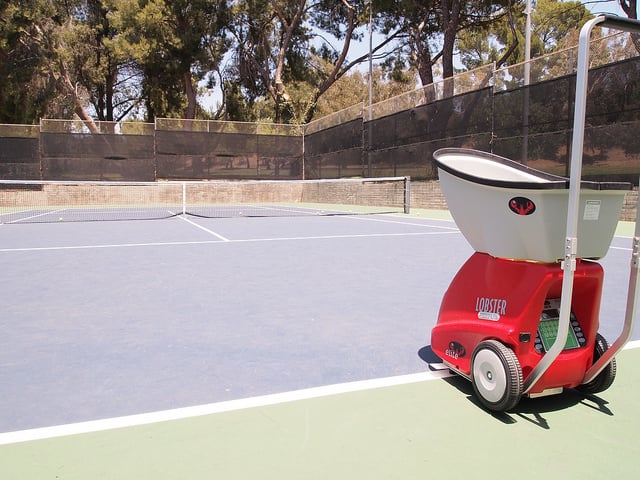
Modern machines can be programmed to launch balls at varying heights and directions and at different speeds. In fact, they can get you running around the court like a real opponent.
Portable, battery-operated machines can fit neatly into the back of your car and are fitted with wheels and a handle so you can easily take them onto the practice courts. If you do not want to buy a machine, you could hire one at your local club.
For more information about tennis ball machines, please read our handy guide.
Kit bag
With the exception of the tennis machine, all of the other items on your tennis equipment list should fit into your kit bag. Therefore, you need a bag that is up to the job.
A good tennis bag will have special compartments for your racquets (some hold up to 15) and balls and plenty of room for all your clothes, towels and accessories. Remember, you don’t want to buy a bag that is too big or too small for your needs, so make sure you think carefully about what you need to take to the courts.
With the exception of the tennis machine, all of the other items on your tennis equipment list should fit into your kit bag. Therefore, you need a bag that is up to the job.
A good tennis bag will have special compartments for your racquets (some hold up to 15) and balls and plenty of room for all your clothes, towels and accessories. Remember, you don’t want to buy a bag that is too big or too small for your needs, so make sure you think carefully about what you need to take to the courts.
If you travel light with just a single racquet and some basic gear, or you take public transport or ride a bike to the courts, you might want to choose a tennis backpack.
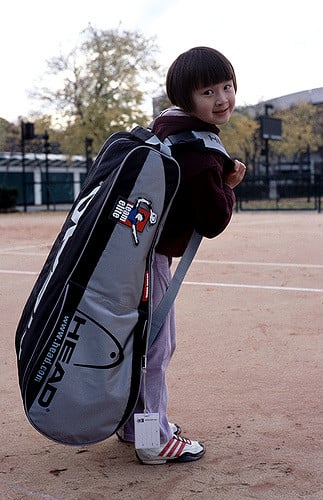
If you carry more than one racket and plenty of spare gear, you should choose a bigger hand held bag. If you have a long walk from the car to the court, you could even choose a bag with wheels!
We hope you found this ultimate tennis equipment list useful. Remember, if you want your child to receive professional tennis training this summer, we can help.
Our team of advisors are always on hand to answer your questions and offer honest, expert advice.
Just give us a call today on (+44) 203 769 94 43 or (+34) 902 750 359. You can also contact us via email: [email protected].

